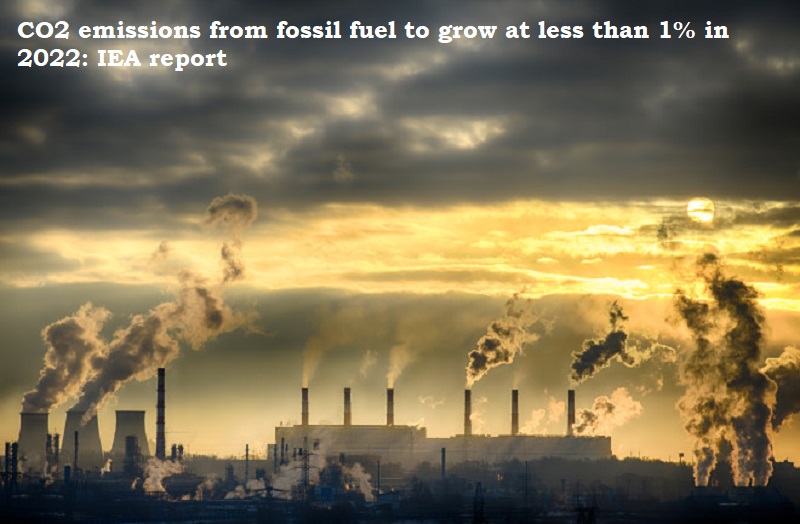
According to the International Energy Agency’s (IEA) most recent analysis, compared to last year when they increased, carbon dioxide emissions would only increase by a small amount in 2022. This year, it’s anticipated that the world’s carbon dioxide (CO2) emissions from burning fossil fuels will increase by less than 1%.
The IEA’s analysis of statistics reveals that CO2 emissions are projected to climb by about 300 million tonnes to 33.8 billion tonnes in 2022, a far smaller increase than the nearly 2 billion tonnes they increased by in 2021. The FDA claimed that the return of activities following the Covid-19 pandemic’s stoppage was what caused the 2021 rise.
‘This year’s increase is driven by power generation and by the aviation sector, as air travel rebounds from pandemic lows,’ IEA said in a statement. It is to be noted that carbon dioxide is the biggest contributor to greenhouse emissions that lead to rising temperatures and causes climate change.
Even while that increase could have been much greater, possibly 1 billion tonnes, due to countries’ increased need for coal and the rise in gas prices as a result of the conflict in Ukraine, the use of renewable energy sources and electric vehicles (EVs) has kept the growth in emissions in check. The effects of Russia’s war on the global economy, which have severely lowered forecasts for economic growth, particularly in Europe, have also had an influence on global energy patterns this year, according to the IEA.
According to the research, solar photovoltaic and wind power are driving this year’s record-breaking surge in annual renewable electricity generation of more than 700 terawatt-hours (TWh). Without this rise, this year’s global CO2 emissions would have increased by more than 600 million tonnes.
The European Union’s CO2 emissions are on course to decline this year despite higher coal emissions. The rise in European coal use is expected to be temporary, as a strong pipeline of new renewable projects is forecast to add around 50 gigawatts of capacity next year.

Post Your Comments